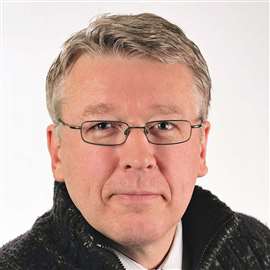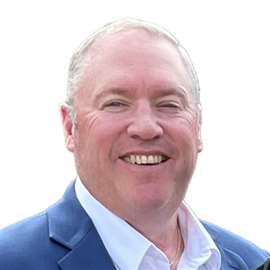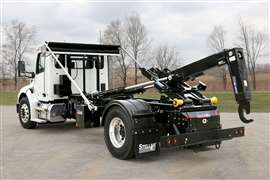Read this article in Français Deutsch Italiano Português Español
SwRI automates heavy truck emissions calibration
17 November 2025
Southwest Research Institute (SwRI), a nonprofit, independent organization that conducts applied research and development for government and industry clients, announced it has developed a method to automate the calibration of heavy-duty diesel truck emissions control systems using machine learning and algorithm-based optimization.
 Southwest Research Institute used machine learning tools to automatically calibrate SCR systems while fine-tuning controls to lower overall tailpipe NOx and ammonia emissions. (Source: Southwest Research Institute)
Southwest Research Institute used machine learning tools to automatically calibrate SCR systems while fine-tuning controls to lower overall tailpipe NOx and ammonia emissions. (Source: Southwest Research Institute)
The latest diesel aftertreatment systems often take weeks to calibrate. SwRI’s new method is said to be able to calibrate them in as little as two hours.
“Manually calibrating selective catalytic reduction (SCR) systems is labor intensive, often taking six or more weeks of testing and work,” said Venkata Chundru, senior research engineer in SwRI’s Advanced Algorithms Section. “By combining advanced modeling with automated optimization, we can accelerate calibration and improve system performance while ensuring compliance with the upcoming standards.”
New U.S. Environmental Protection Agency and California Air Resources Board (CARB) standards are scheduled to go into effect in 2027, governing the amount of nitrogen oxides (NOx) a vehicle can emit in proportion to energy used. SwRI has completed several projects that improve existing automotive technologies, bringing them to well within the new standards or exceeding them.
As a continuation of this work, SwRI’s Powertrain Engineering Division has developed a method to automate calibration of SCR systems for diesel engines. Most SCR systems control engine emissions using an ammonia-based solution, such as the urea-based diesel exhaust fluid injected into the exhaust stream. The dosed exhaust interacts with a catalyst, creating a chemical reaction that converts NOx into harmless water and nitrogen.
The project team created a physics-informed neural network machine learning model that learns from both data and the laws of physics, which is said to deliver faster and more accurate results. By running simulations of an active SCR system, the team could fine tune its urea dosing control to lower overall NOx and ammonia emissions and rapidly identify optimal settings for the engines. The model could then learn to identify these settings and map the calibration processes, allowing for full automation.
“Compared to manual calibration, the method we developed consistently delivered faster calibration timelines and improved NOx conversion efficiency, among other benefits,” Chundru said. “It provides us with a scalable, cost-effective pathway for future heavy-duty applications.”
POWER SOURCING GUIDE
The trusted reference and buyer’s guide for 83 years
The original “desktop search engine,” guiding nearly 10,000 users in more than 90 countries it is the primary reference for specifications and details on all the components that go into engine systems.
Visit Now
STAY CONNECTED




Receive the information you need when you need it through our world-leading magazines, newsletters and daily briefings.
CONNECT WITH THE TEAM












